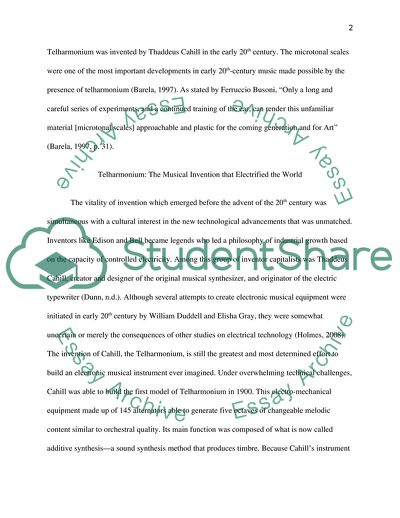Cite this document
(Revolutionising Sound - The Emergence of Electronic Music Essay - 1, n.d.)
Revolutionising Sound - The Emergence of Electronic Music Essay - 1. https://studentshare.org/music/1802738-compare-reading
Revolutionising Sound - The Emergence of Electronic Music Essay - 1. https://studentshare.org/music/1802738-compare-reading
(Revolutionising Sound - The Emergence of Electronic Music Essay - 1)
Revolutionising Sound - The Emergence of Electronic Music Essay - 1. https://studentshare.org/music/1802738-compare-reading.
Revolutionising Sound - The Emergence of Electronic Music Essay - 1. https://studentshare.org/music/1802738-compare-reading.
“Revolutionising Sound - The Emergence of Electronic Music Essay - 1”. https://studentshare.org/music/1802738-compare-reading.


